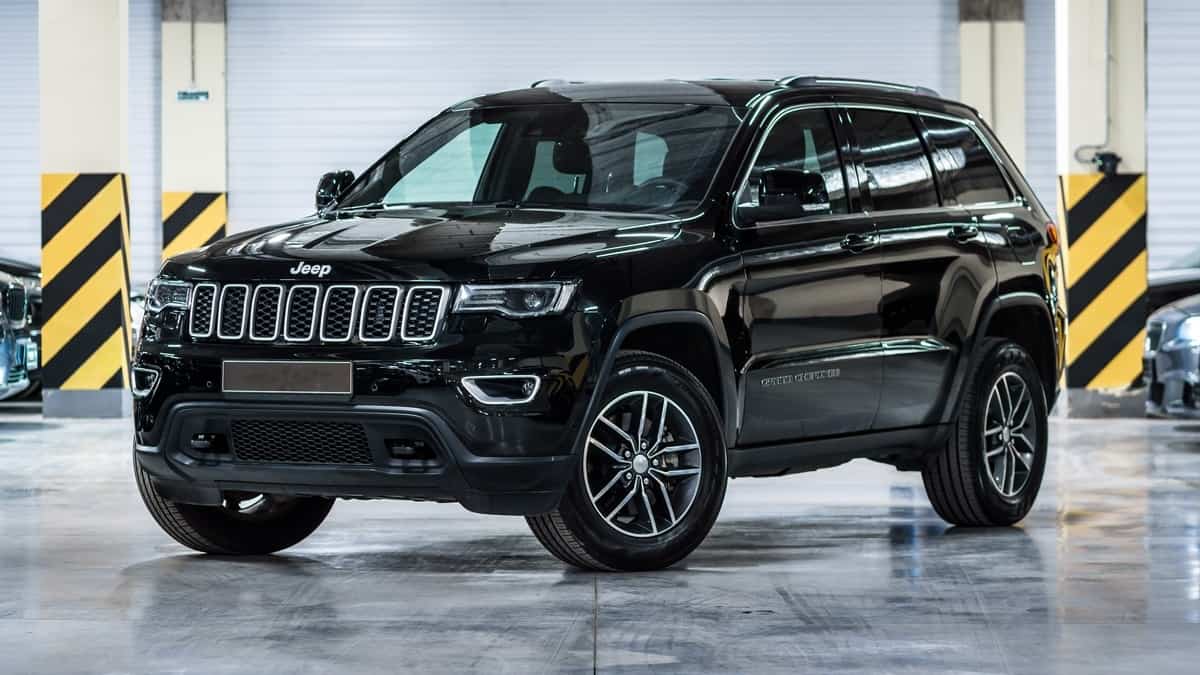Stellantis‘ CEO told CNBC that the company would use its own sites to generate half the energy it needs for manufacturing mid-decade, as per CNBC.
“We have decided the appropriate investments for Stellantis to be able, from a manufacturing standpoint, in 2025 to produce 50% of our energy needs within our own sites,” says Carlos Tavares, who spoke to CNBC’s Charlotte Reed at the Paris Motor Show.
Tavares’ statement came as the company prepares for the ‘first pure-EV Jeep’ debut, following details unveiled last month. According to Stellantis, the Jeep Avenger‘s target range is 400 km (249 miles).
The firm, which includes Fiat, Chrysler, and Citroen, sets to open up Avenger reservations on Monday and is expected to be in showrooms next year.
By 2030, the automaker aims to have all European passenger sales be battery-electric and ‘50% passenger car and light-duty truck BEV sales mix’ in the US. This means laying out plans to switch from internal combustion engine (ICE) vehicles to battery-electric vehicles (BEV).
For instance, the European Union (EU) plans to stop the sale of ICE vehicles from 2035, and California has set a mandate to ban the sales of gasoline-powered cars in the same year. The UK pursues a similar target.
Though the company’s plans to use its own sites for energy supplies aren’t unheard of. In a different interview with CNBC, Mercedes-Benz‘s CEO Ola Kallenius gave an insight into his company’s goals, which include plans for a wind farm development in Northern Germany.
“Well of course, energy is the number one precondition for success of electrification, that is no surprise,” Tavares replied when asked whether talk of energy prices, inflation, recession, and the cost of living crisis would have an impact on the shift to EVs.
“The question that you are asking me is the question that you should ask to the political leaders because, as you know, electrification has been triggered by regulations,” he stated.
“So yes, of course it’s a bump in the road,” he added. “I hope it’s a short term hurdle that we will be able to overcome, and Stellantis is now full speed ahead with all the electric vehicles, starting with the new Jeep Avenger, the first pure EV Jeep.”
In addition, when Tavares was asked about the EU’s plans to stop new ICE sales by 2035, he answered it is “clear that the decision to ban pure ICEs is purely a dogmatic decision.”
The CEO stated that he would recommend Europe’s political leaders to be ‘more pragmatic and less dogmatic’ as he expands his point.
“I think there is the possibility — and the need — for a more pragmatic approach to manage the transition.”
As electric vehicle sales steadily rise, the company’s EVs plan to compete with companies such as Tesla, Volkswagen, Ford, and General Motors.
The International Energy Agency (IEA) also highlighted an issue regarding the factors that drove pressure points to the supply of essential EV materials.
“The rapid increase in EV sales during the pandemic has tested the resilience of battery supply chains, and Russia’s war in Ukraine has further exacerbated the challenge,” noted the IEA’s report.
It also added, “In May 2022, lithium prices were over seven times higher than at the start of 2021. Unprecedented battery demand and a lack of structural investment in new supply capacity are key factors.”
Furthermore, Mercedes Benz CEO Kallenius commented on the current state of materials needed for EVs and its batteries, saying, “raw material prices have been quite volatile in the last 12 to 18 months — some have spiked and actually, some have come back down again.”
“But it is true as we become electric, all-electric, more and more automakers go into the electric space, there is a need to increase mining capacities and refining capacities for lithium, nickel, and some of those raw materials that are needed to produce electric cars.”
“We have everything that we need now, but we need to look into the mid to long term and work with the mining industry here to increase capacities.”

